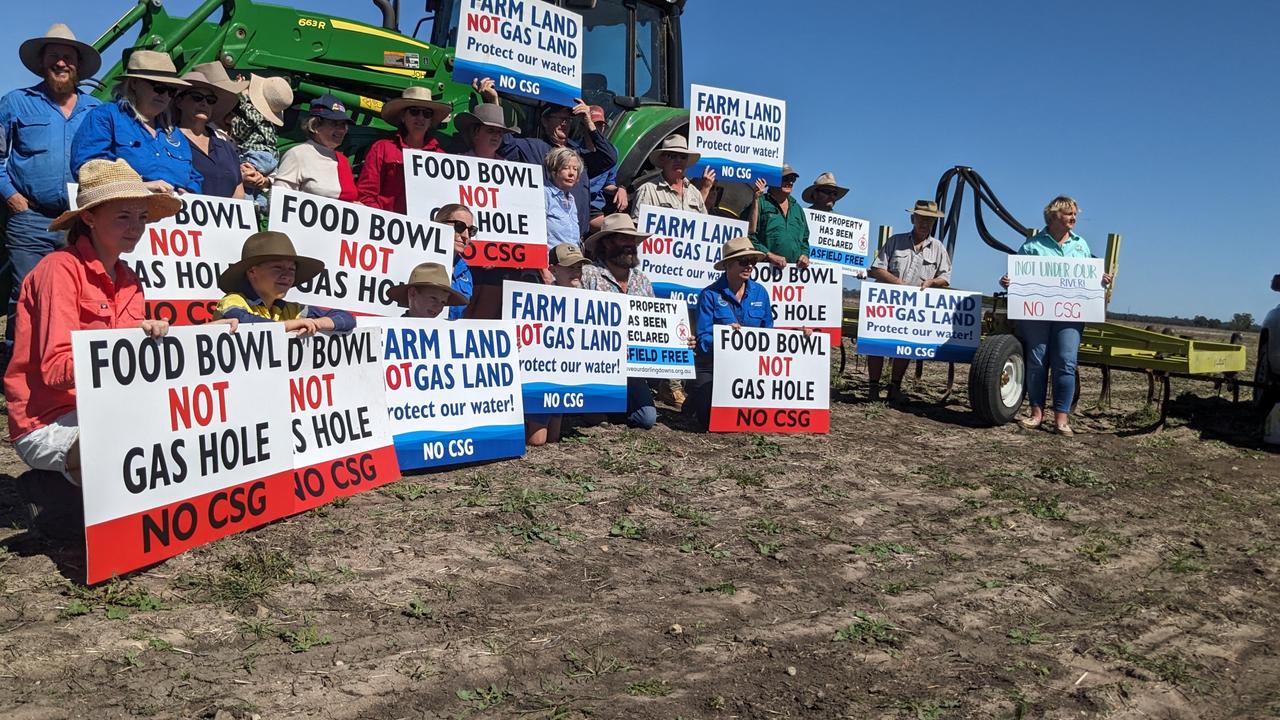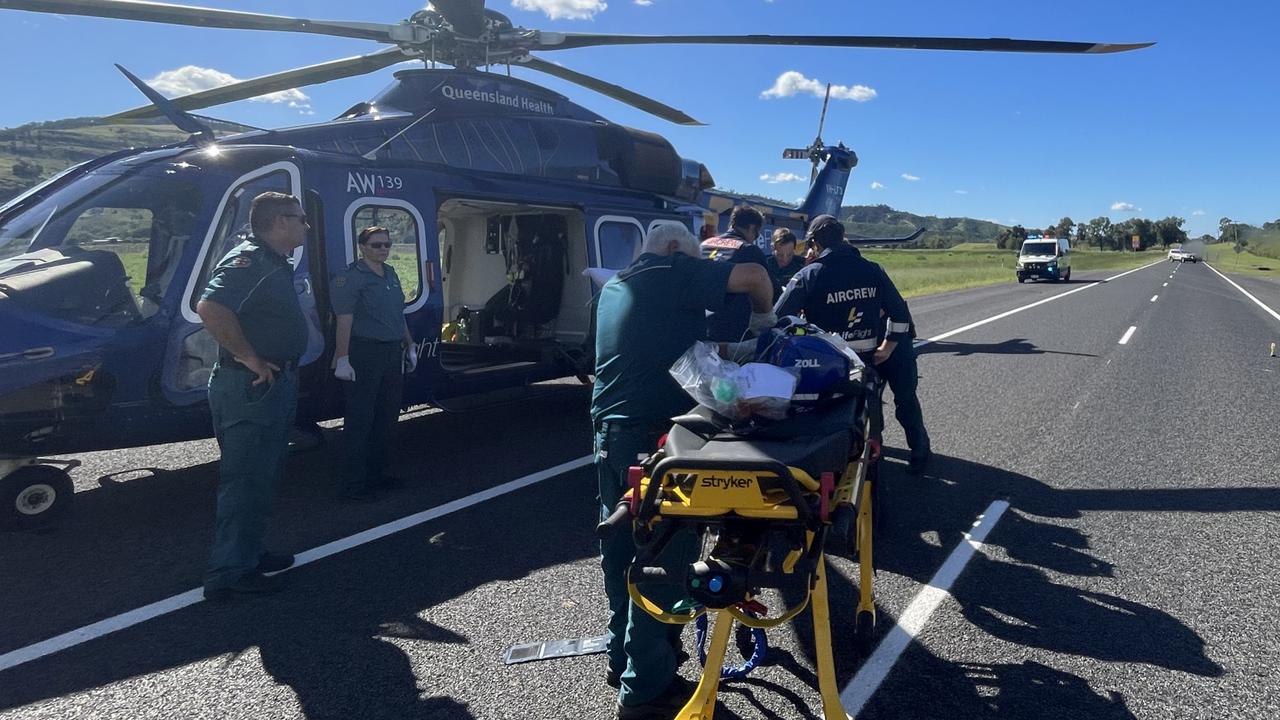Alpaca owner demands answers after recent dog attacks decimate flock
A hobby farmer has lost 13 pet alpacas to dog attacks in the past two years alone, but the latest brazen daylight assault on five adult males has him fearing for the community’s safety.
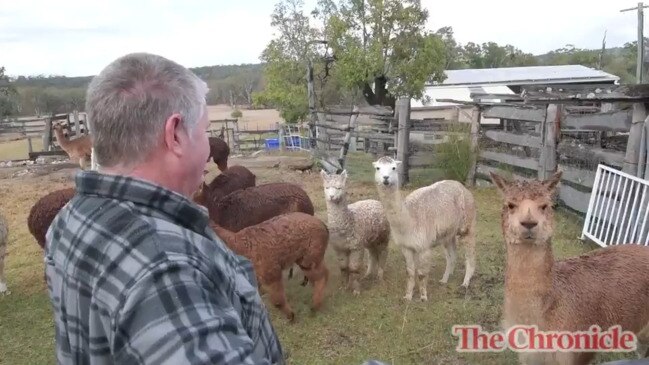
Toowoomba
Don't miss out on the headlines from Toowoomba. Followed categories will be added to My News.
In the past two years, Geham hobby farmer Bruce Sims has seen 13 of his pet alpacas killed in dog attacks.
The most recent attack on Monday last week, where five adult male alpacas were killed in a brazen daytime attack, has Mr Sims demanding answers, and fearing for the dogs’ next victims.
Mr Sims said while in the past he had lost younger alpacas to dog attacks during the night, an attack on adults during the day was a violent escalation.
“The alpacas were down the back of the paddock where they normally go for the day, and we had eight adult males that guard the others,” he said.
“I got home from work and noticed that five were missing.
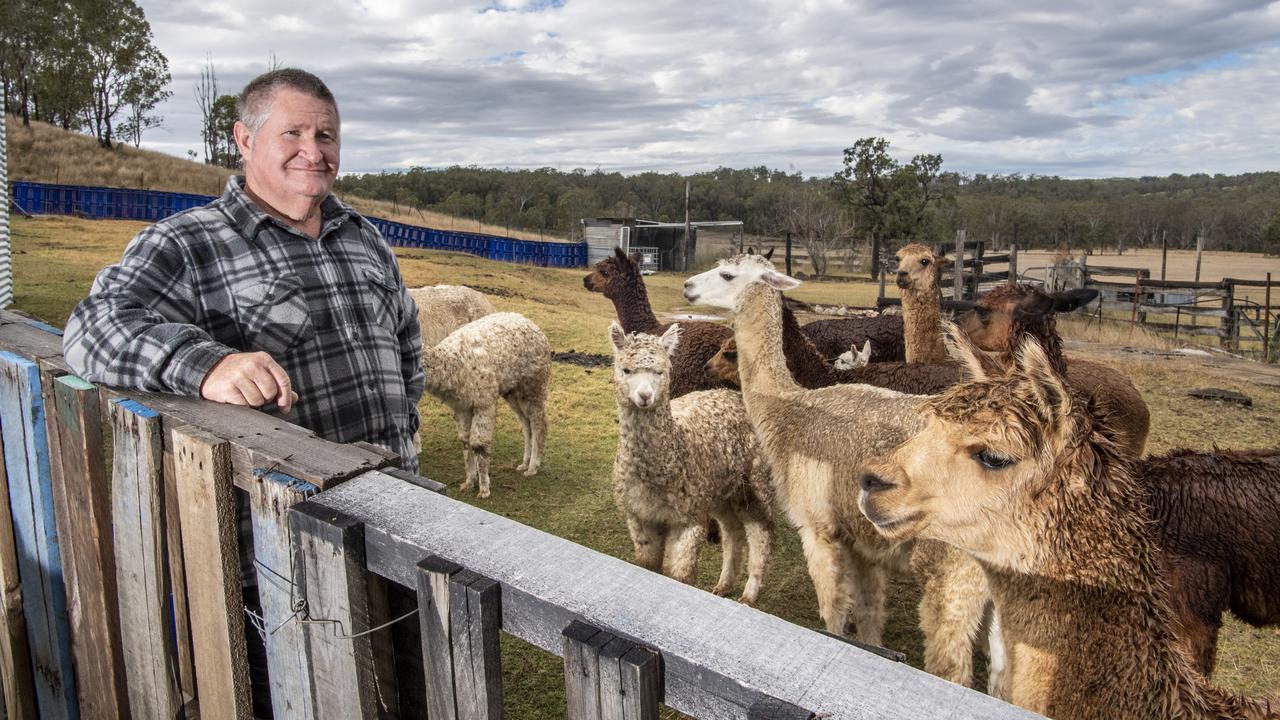
“It’s upsetting to have it continually happen, we’ve got all this acreage for them and we can’t even let them roam their own yard.
“I care for the alpacas just as much as anyone else cares for their dog. It’s distressing to see them attacked and killed, I’m devastated by it. I’ve got them locked up where they can’t even roam their own paddock.”
After a recent fatal dog attack on the Fraser Coast which claimed the life of 41-year-old Amanda Carmichael, Mr Sims said a human could be the next target of these dogs.
“I can just imagine kids playing in a paddock and these dogs could hunt them down,” he said.
“I’ve got grandkids who come out regularly, and I don’t want to see them mauled by dogs.”
Mr Sims said he was disappointed with the response from Toowoomba Regional Council after he was given three 1080 baits two years ago.
“I always put signs up for baiting and as soon as the signs get taken down I lose alpacas because people let their dogs out again,” he said.
“The signs are enough of a deterrent.
“I’d like council to go around and make sure dogs are kept in their yards and give me access to baits.”
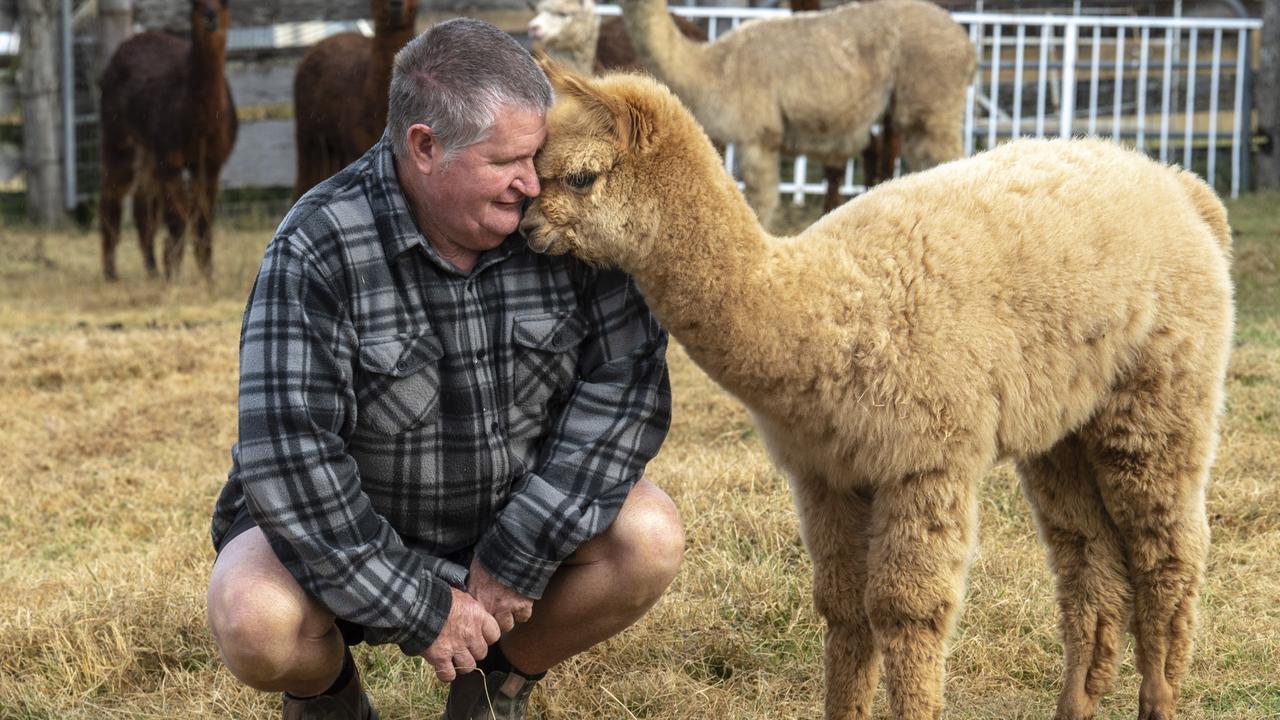
Mr Sims alleges that the dogs involved in the past have had collars, and that one dog was caught on his property and handed to council staff, who then returned the dog to its owner.
“It’s not right, my obligation is to keep my animals in my yard so everyone else should have to do the same,” he said.
Toowoomba Regional Council environment and community services portfolio leader Tim McMahon said council officers helped the property occupier with a site inspection and a camera surveillance program in June 2020, and at the time of inspection there were no recorded sightings of wild or domestic dogs.
“As an added precautionary measure, limited manufactured baits were provided to the landholder to be used under camera surveillance within the confines of the property. As a condition of the provision of baits, the baits had to be tied and checked daily by the property owner,” he said.
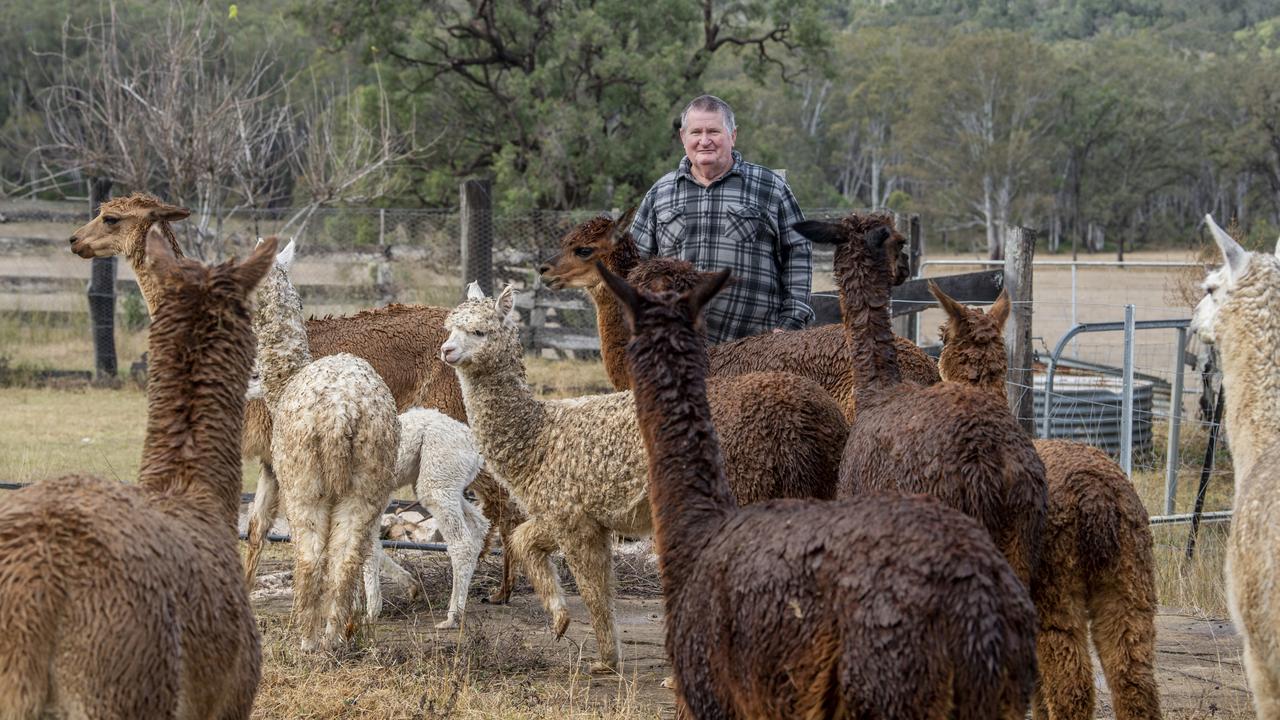
Mr McMahon said council officers regularly engaged with landholders to discuss feral animal control options, including co-ordinated baiting programs, baiting conditions and regulations and managing stray domestic dogs, as well as wild dogs.
“Toowoomba Regional Council works with landowners to keep their land free of pest animals, such as wild dogs, foxes and feral pigs, by offering a 1080 baiting service. A 1080 baiting program is available across the Toowoomba Region with four regular feral animal baiting programs accessible to landholders each year,” he said.
“Council encourages all landowners to take proactive measures to control feral animals in line with general biosecurity obligations that are listed in the Biosecurity Act 2014.
“It is particularly difficult to undertake any form of baiting in urban and peri-urban areas or other areas which are more densely settled. Baits are distributed to registered landholders in accordance with required regulations and in relation to the size of a person’s property.”




